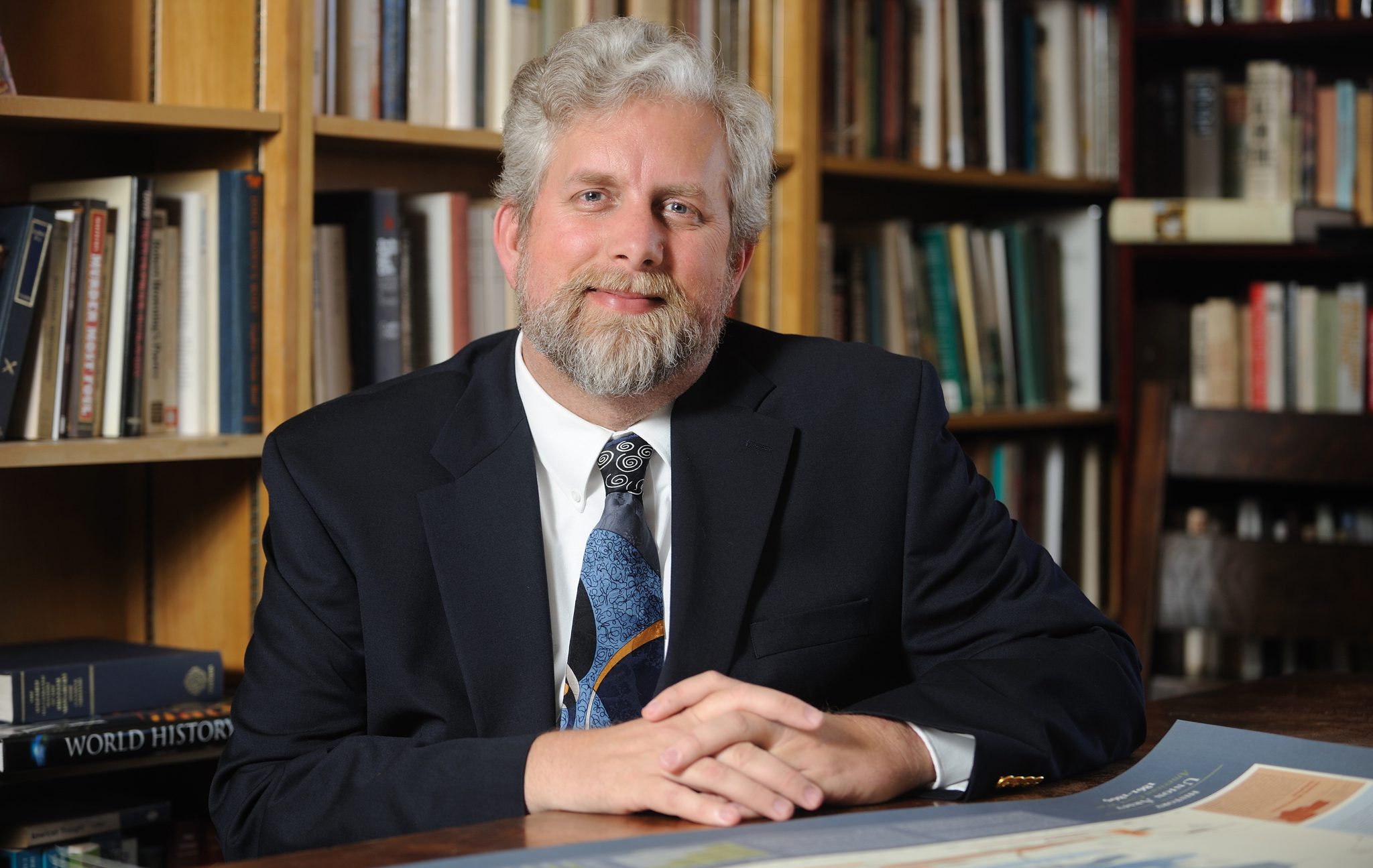
Research Files of Dr. John Neff
Document Type
Data Set
Publication Date
7-13-2010
Abstract
Hastily interred by comrades—and sometimes by enemies—after battles and outside of hospitals and prisons, the Civil War dead often found their final resting places in temporary shallow graves or nameless burial trenches. The sheer numbers of dead and the practical necessity of quickly disposing of bodies required a large-scale effort to attend to the dead in a more dignified manner. The creation of the national cemetery system provided for the decent burial of the Union dead, but there was no such provision for their fallen enemies. It is one of the grim realities of this war that both sides only rarely had the luxury or the inclination to attend to the enemy dead and it is often the case that national cemeteries excluded Confederates.
Arranging Confederate burials became a state, local, or individual responsibility. As a result, many Confederates were buried in private family or city cemeteries. After the war, some women’s groups and veterans’ organizations began campaigns to exhume the dead from their temporary battlefield graves and reinter them in more dignified surroundings, where they could be protected and honored. Perhaps the best example of such an effort is the Confederate cemetery in Hagerstown, Maryland, where thousands of Confederate dead were relocated from the battlefields of Antietam and South Mountain.
These scattered Confederate cemeteries not only illustrate the human toll of this conflict, but also its divisive nature and the commitment of both sides to caring for their dead and paying tribute to their sacrifices. What follows, admittedly incomplete, is a listing of Confederate cemeteries by state including the number of burials at each site.
Relational Format
Data Set
Recommended Citation
Neff, John, "Cemeteries: Confederate Cemeteries" (2010). Research Files of Dr. John Neff. 3.
https://egrove.olemiss.edu/neff_research/3
Accessibility Status
Searchable text


Comments
This work in progress originally appeared on the website of the Center for Civil War Research at the University of Mississippi. Additional detail is available in the "Memory Database" data set, posted separately.